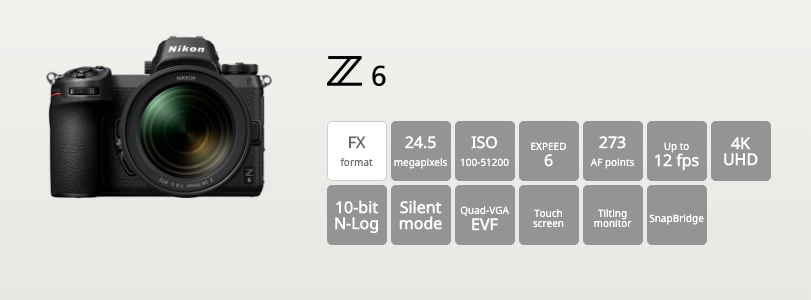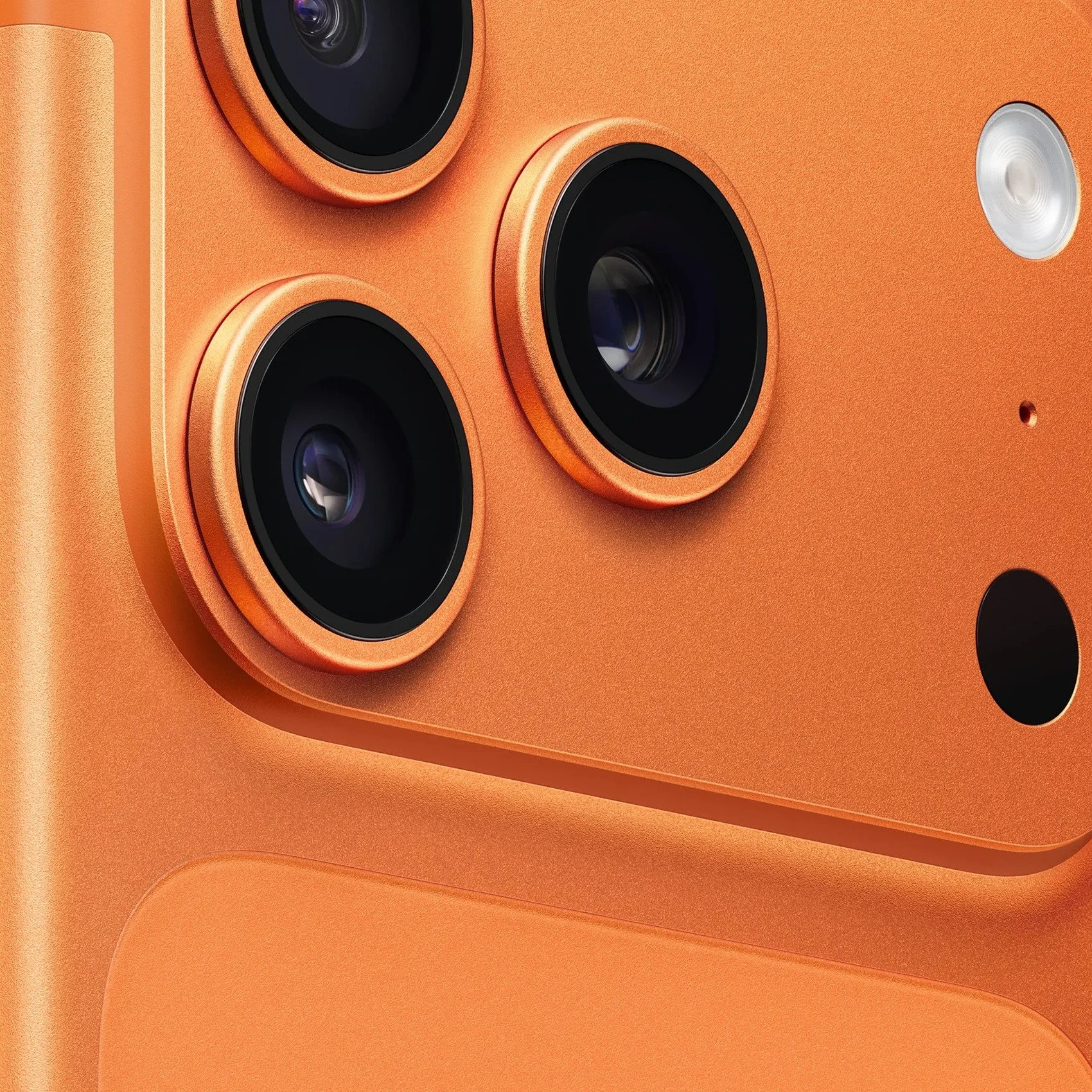Have you tried a mirrorless yet? You should!
If you are thinking of buying a new camera, it might be time to consider going mirrorless. Try using one, and you might find that giving up that DSLR you so love is easier than you thought!
Until just a few years ago, DSLRs, or Digital Single Lens Reflex were the cameras of choice. The advantage of DSLRs was/is its digital sensor with the same optics and mechanics of a film camera. A camera's sensor is one of the most significant determining factors in the quality of pictures. It doesn't matter whether that camera is a smartphone or a full-frame camera worth thousands. The size of the sensor matters significantly.
Then, there's also a full-frame camera. The sensor in a full-frame (which is what most professionals use) is the size of a piece of 35mm film. Today, the gold standard has moved to full-frame mirrorless cameras rather than DSLRs, and there's no better time to be considering one. Costs are down to about 1/3 of the price of when they were first introduced. Also, technology is the best it's ever been.
Mirrorless Cameras
While DSLRs remained at the forefront of consumers, mirrorless cameras were beginning to attract more users and evolving their technology. Today, they have several features and advantages over DSLRs. Rather than an internal periscope mechanism to deliver an image to the viewfinder like DSLRs, mirrorless cameras use electronic viewfinders. These viewfinders are more comfortable to use in the dark and double as displays for the current settings.
Mirrorless cameras have the advantage of being able to shoot silently. There's no shutter sound. Also, you can shoot much faster, and the autofocus is faster than on a DSLR.
The leader in the market was the first-in as well. In 2013, Sony introduced the first full-frame mirrorless camera. They have since gone on to add to and expand its offerings, including third-party manufactured lenses. But not so fast.
Recently, Canon, Nikon, and Panasonic also have jumped into the mirrorless market, seeing the increasing demand for mirrorless cameras. This competition is good news for the consumer. You have more to choose from, and prices are competitive.
Let's take a look at three full-frame mirrorless cameras
Nikon Z6
If you want a great LCD, then the Nikon Z6 might be for you. It also has better image quality. Overall, it offers excellent quality in its photographs. It also comes with a nifty touchscreen LCD. Its size is good and is comfortable. If you have your old Nikon F-mount lenses made for Nikon's DSLRs, you can buy a $250 adapter to mount them onto the Z6.
Sony Alpha A7III
Being the first one into the market has given Sony a significant advantage over other companies. For one, they have had three generations to perfect their technology, and today, they offer the broadest range of lenses. Sony's best full-frame value is likely the A7III at under $2,000. Its autofocus is highly accurate and fast. It even tracks your subject's eyes to guarantee a sharp focus. The dual-card slots offer a good backup if you run out of memory or the card fails.
Canon EOS R
Unlike other cameras, a sensor cover automatically protects the sensor from dust and debris. The Canon EOS R is about the same size as a DSLR equivalent. It’s LCD flips around to face forward, which can be helpful in some instances, for vlogging, or if you need to see yourself while shooting. However, when shooting 4K video, the R crops the image about 35 percent.
If you haven't tried a mirrorless, we urge you to at least try it. Borrow or rent one. You might find that you're easily convinced.



















